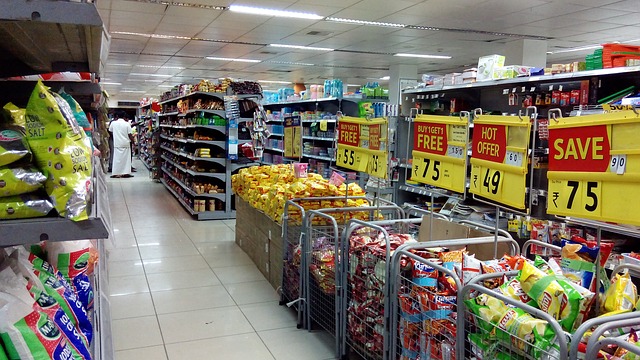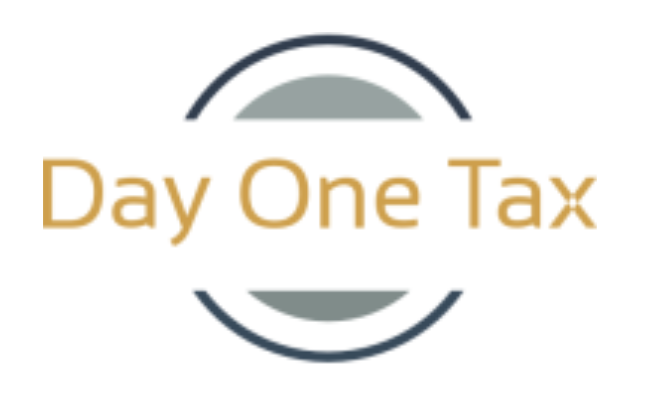How reduced tax rate is implemented?

While 10% consumption tax rate will start on 1st October 2019, a reduced tax rate system will start too (see this page for consumption tax hike in 2019). Actually, this will be the first time to have multiple consumption tax rates in Japan.
The reduced tax rate system means 8% tax rate will be applied to ‘Food & beverages’ and ‘Newspapers’. If you are just visiting Japan as a tourist, you may not necessarily think about the tax rates applied to those items. You can just choose whatever you like, and shops’ receipts would tell you the tax rate, for your information.
However, the shops (and restaurants) have to know which food & beverages are 8% and which are 10% before you sell them. This will cause confusion as it is not entirely clear what Food & beverages really mean. Also, food served at restaurants (and other places to eat) is 10% (no reduced tax rate applied). But it is difficult to understand it correctly. Therefore, we show you some common questions about the reduced tax rate.
Reduced tax rate questions and answers
Questions about Food & beverages
Q. What are Food & beverages?
A. Food & beverages mean all the food & beverages except alcoholic drinks and (quasi-) drugs. Also, Food & beverages must be sold for human consumption, so the reduced tax rate does not apply to pet food, for example.
Q. I run a livestock business. Is beef cattle (it’s alive) 8% or 10%?
A. Beef cattle is consumed by human, but not consumed at the time when it is sold. Therefore, it’s not food and 10% is applied.
Q. I run a sushi shop. Is fish (it’s alive) 8% or 10%?
A. In this case, fish is eaten by customers at the time when it is served. Therefore, it’s 8%.
Q. Is sales of water 8% or 10%?
A. Bottled water is 8% as it is a kind of ‘food’. But tap water (normally drinkable in Japan) can be drunk and used for other purposes. Therefore, tap water is 10%.
Q. Is cooking sake 8% or 10%?
A. Cooking sake is not an alcoholic drink under liquor tax law, so it’s 8%. But mirin (Japanese traditional condiment) is an alcoholic drink and 10% is applied.
Q. Are food additives (used for human food) 8% or 10%?
A. 8% as it is a kind of food.
Q. Is an energy drink 8% or 10%?
A. It is 8% unless it is a (quasi-) drug.
Q. How are food packages treated?
A. Food packages that are normally required for selling the foods are 8%. But packages that can be sold separately (e.g. gift packages) are 10%.
Q. I have a vending machine and use it for selling some drinks (not alcohol). Should I treat this as 8%?
A. It’s 8%. Vending machines don’t provide services that restaurants normally do.
Q. How is a business trip allowance treated? This would cover food expenses.
A. If employees receive this allowance regardless of how it is spent and no receipt is needed (i.e. fixed amount is paid), it is 10%. If it is reimbursed based on their expense reports, the food expenses can be 8%.
Q. Imported food & beverages are 8%?
A. Yes, they are.
Questions relating to restaurants
Q. We sell foods to restaurants. How are these treated?
A. Foods served at restaurants are 10%. But foods sold to restaurants are 8%.
Q. Is food served at a company cafeteria 10%? Also, is food served at a self-service restaurant 10%?
A. These are 10%. The cafeteria and self-service restaurant normally have eating facilities.
Q. I run a restaurant, but taking away is possible. How can I determine the tax rate?
A. When customers are ordering foods, you need to ask them whether they eat here (10%) or take away (8%). If they eat at the restaurant but use take away boxes and bring the food their home, 10% is still applied because tax rate is determined when ordering foods.
Q. Is room service at a hotel 8%?
A. It is 10% as it’s similar to restaurants.
Q. Is pizza delivery 8%?
A. It’s 8%.
Questions about a set of goods that have food and others
Q. What is a set of goods that have food and others?
A. It means goods that have both foods and goods that are not foods. And it cannot be sold separately. For example, chocolate eggs with toys. And if its price is JPY 10,000 or less and the food value accounts for two thirds or more of the total value, it is 8% (reduced tax rate applied).
Q. I run a hamburger shop and have meals with toys (Happy Meals). This contains a main item (a hamburger or cheeseburger), a side item (chips or a salad), a drink (various drinks), and a random toy. The price is JPY 500. How is it treated?
A. Customers can ‘choose’ items from the menu, so it is NOT ‘a set of goods that have food and others’. Therefore, an allocation of the price among the items and toy must be made in a rational way. It would be possible to say the toy costs JPY 0 as it is not sold alone.
Questions about newspapers
Q. Is a tabloid 8%?
A. As long as it is issued more than twice a week and subscribed (delivered to a door), it is 8%. If you buy it at a convenience store, it is 10% (It does not matter if you buy it everyday or not).
Q. Is a digital subscription 8%?
A. No. It is 10%. A digital subscription is not newspapers. Rather, it is just a digital service.
